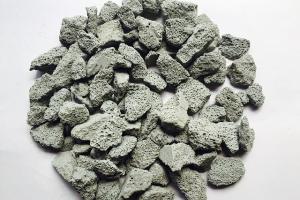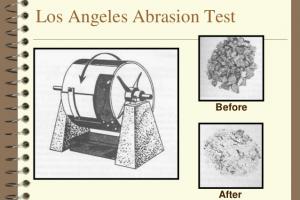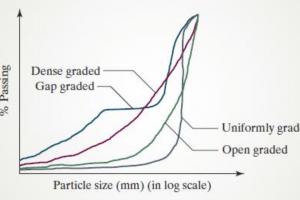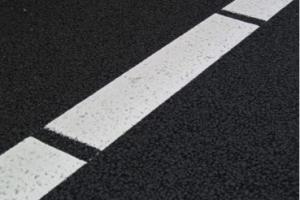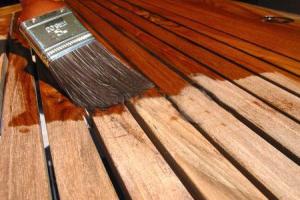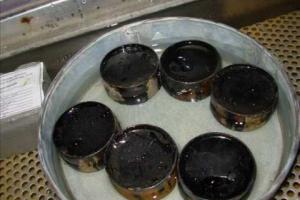Preparation and Applications of Paints
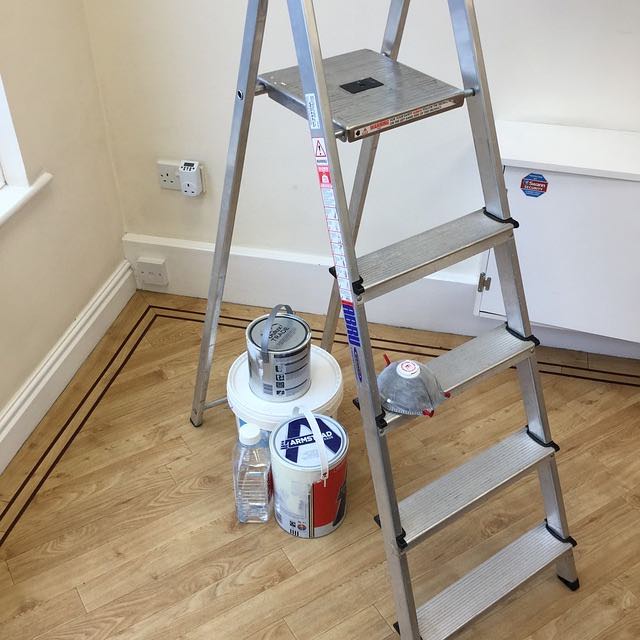
Composition of Paints
- Base/ body is thoroughly grounded in the vehicle
- Mixed with the thinner to impart necessary workability
- Pigments and dryers are separately mixed to a thin consistency
- The two are then thoroughly mixed to form the desired paint
Applications of Paints
Paint can be applied as a solid, a gaseous suspension (aerosol) or a liquid. Techniques vary depending on the practical or artistic results desired.
As a solid (usually used in industrial and automotive applications), the paint is applied as a very fine powder, then baked at high temperature. This melts the powder and causes it to adhere (stick) to the surface. The reasons for doing this involve the chemistries of the paint, the surface itself, and perhaps even the chemistry of the substrate (the overall object being painted).
As a gas or as a gaseous suspension, the paint is suspended in solid or liquid form in a gas that is sprayed on an object. The paint sticks to the object. The reasons for doing this include:
- the application mechanism is air and thus no solid object ever touches the object being painted;
- the distribution of the paint is very uniform so there are no sharp lines
- it is possible to deliver very small amounts of paint or to paint very slowly;
- a chemical (typically a solvent) can be sprayed along with the paint to dissolve together both the delivered paint and the chemicals on the surface of the object being painted;
- some chemical reactions in paint involve the orientation of the paint molecules.
In the liquid application, paint can be applied by direct application using brushes, paint rollers, blades, other instruments, or body parts. Examples of body parts include finger-painting, where the paint is applied by hand, whole-body painting (popular in the 1960s avant-garde movement), and cave painting, in which a pigment (usually finely-ground charcoal) is held in the mouth and spat at a wall.
Rollers generally have a handle that allows for different lengths of poles which can be attached to allow for painting at different heights. Generally, roller application takes two coats for even color. A roller with a thicker nap is used to apply paint on uneven surfaces. Edges are often finished with an angled brush.
After liquid paint is applied, there is an interval during which it can be blended with additional painted regions (at the "wet edge") called "open time." The open time of an oil or alkyd-based emulsion paint can be extended by adding white spirit, similar glycols such as Dowanol™ (propylene glycol ether) or commercial open time prolongers. This can also facilitate the mixing of different wet paint layers for aesthetic effect. Latex and acrylic emulsions require the use of drying retardants suitable for water-based coatings.
Paint may also be applied by flipping the paint, dripping, or by dipping an object in paint. Interior/exterior house paint tends to separate when stored, the heavier components settling to the bottom. It should be mixed before use, with a flat wooden stick or a paint mixing accessory; pouring it back and forth between two containers is also an effective manual mixing method. Paint stores have machines for mixing the paint by shaking it vigorously in the can for a few minutes.
Water-based paints tend to be the safest, and easiest to clean up after using -- the brushes and rollers can be cleaned with soap and water.It is difficult to reseal the paint container and store the paint well for a long period of time. Store upside down, for a good seal, in a cool dry place. Protect from freezing.
Proper disposal of paint is a challenge. Avoid acquiring excess paint. Look for suitable recycled paint before buying more. Try to find recycled uses for your left over paint. Paints of similar chemistry can be mixed to make a larger amount of a uniform color. Old paint may be usable for a primer coat or an intermediate coat. If you must dispose of paint, small quantities of water based paint can be carefully dried by leaving the lid off until it solidifies, and then disposing with normal trash. But oil based paint should be treated as hazardous waste, and disposed of according to local regulation.



